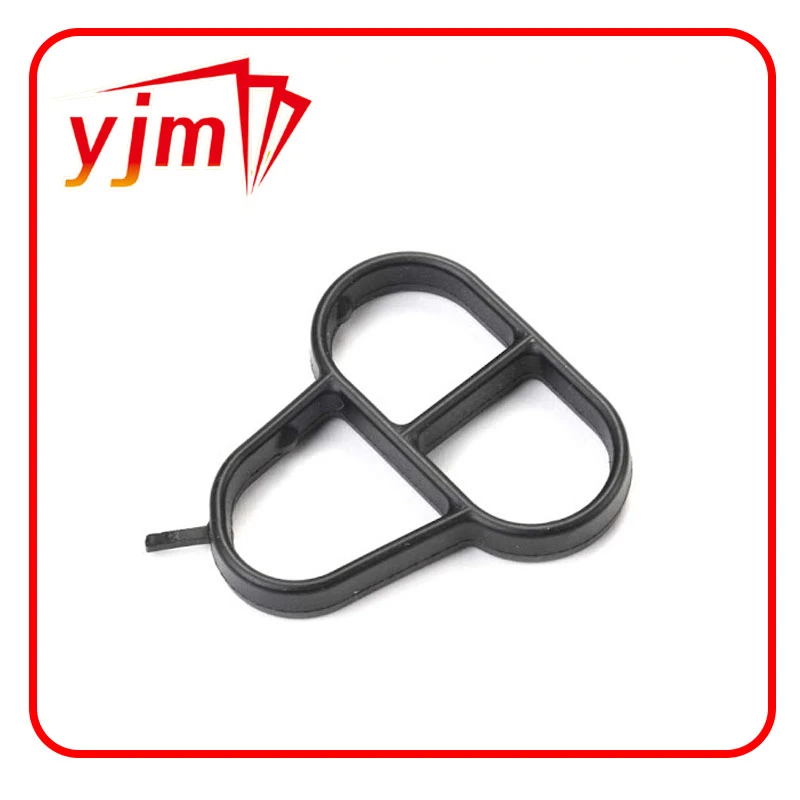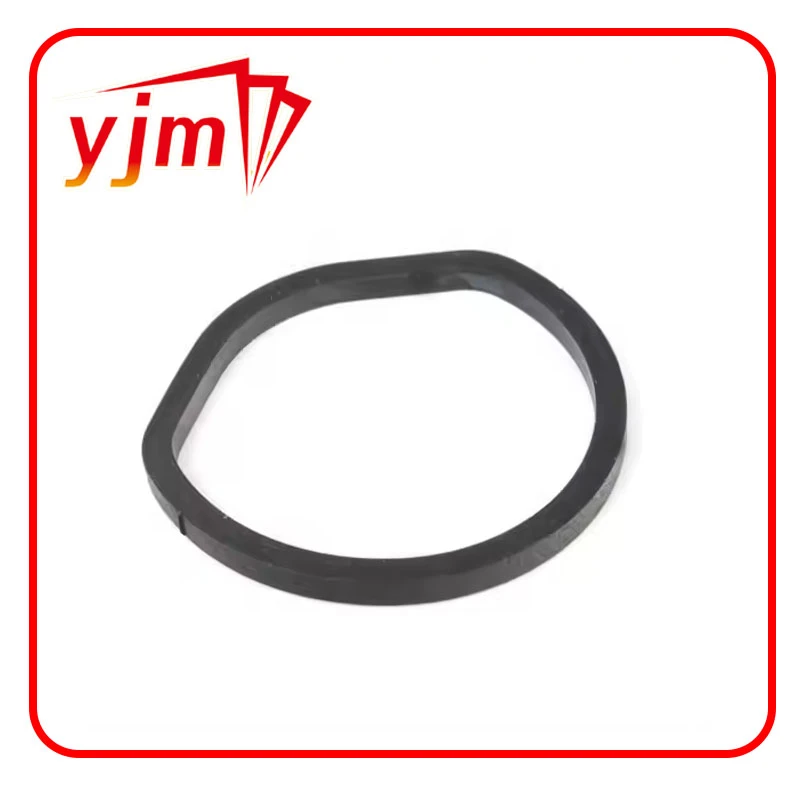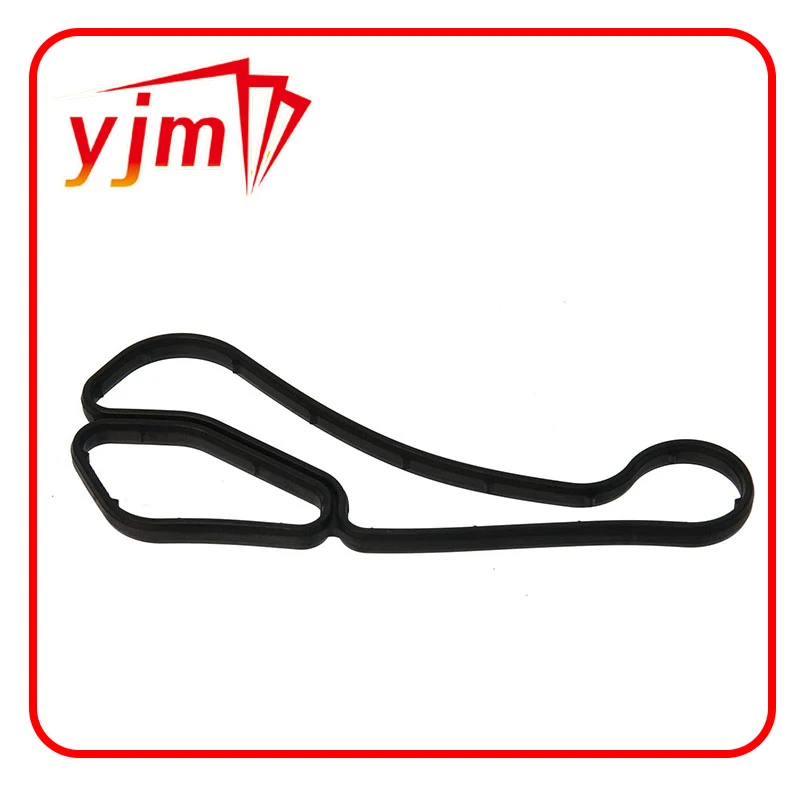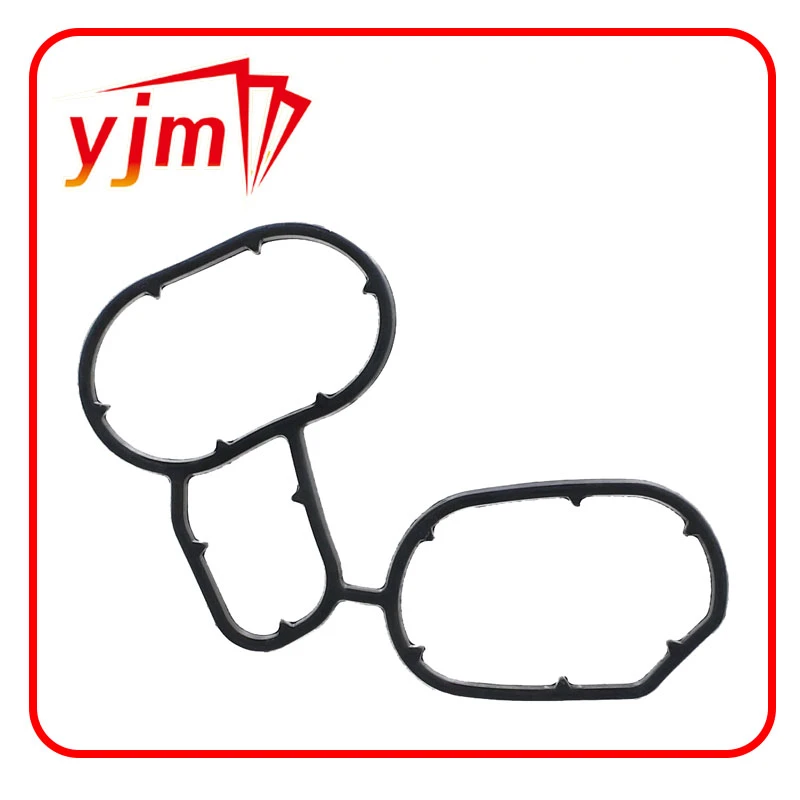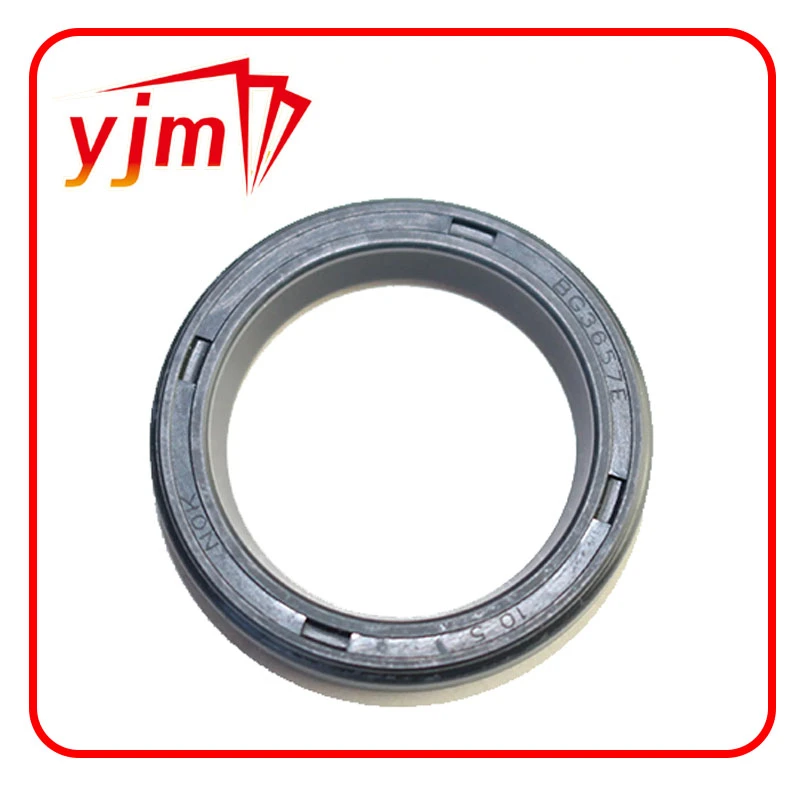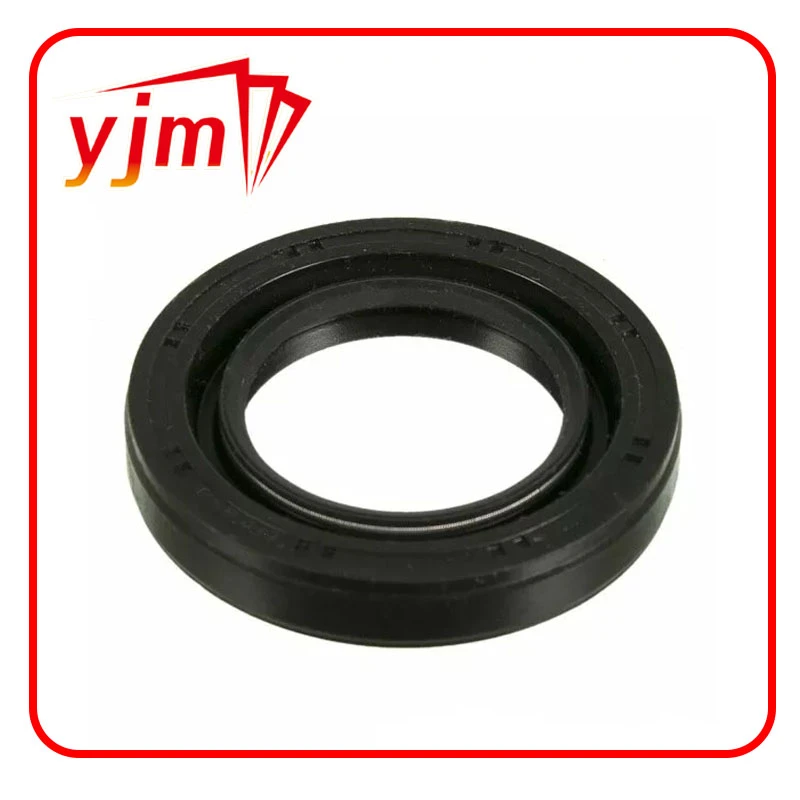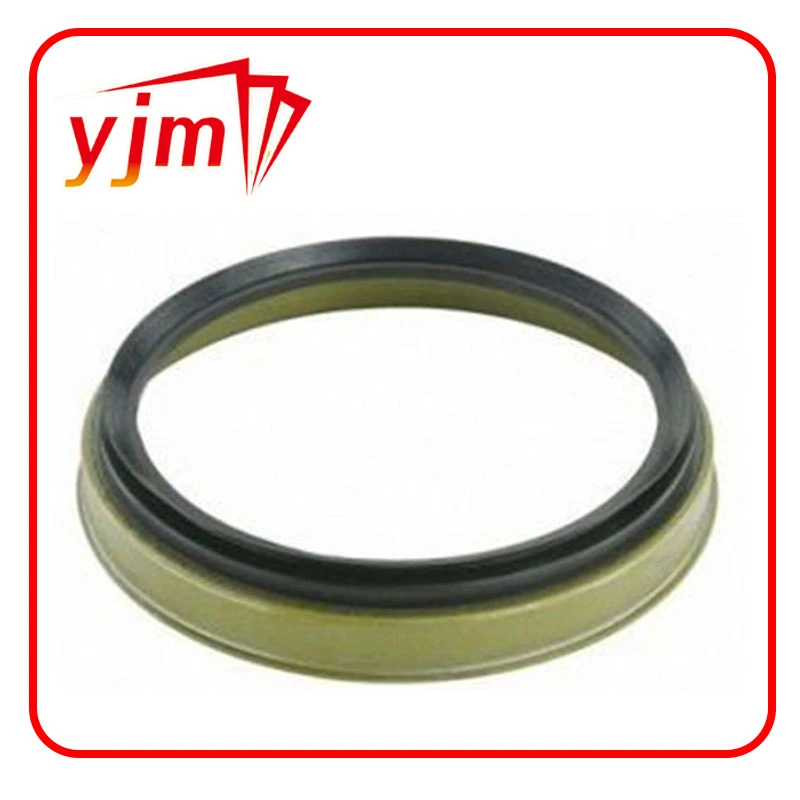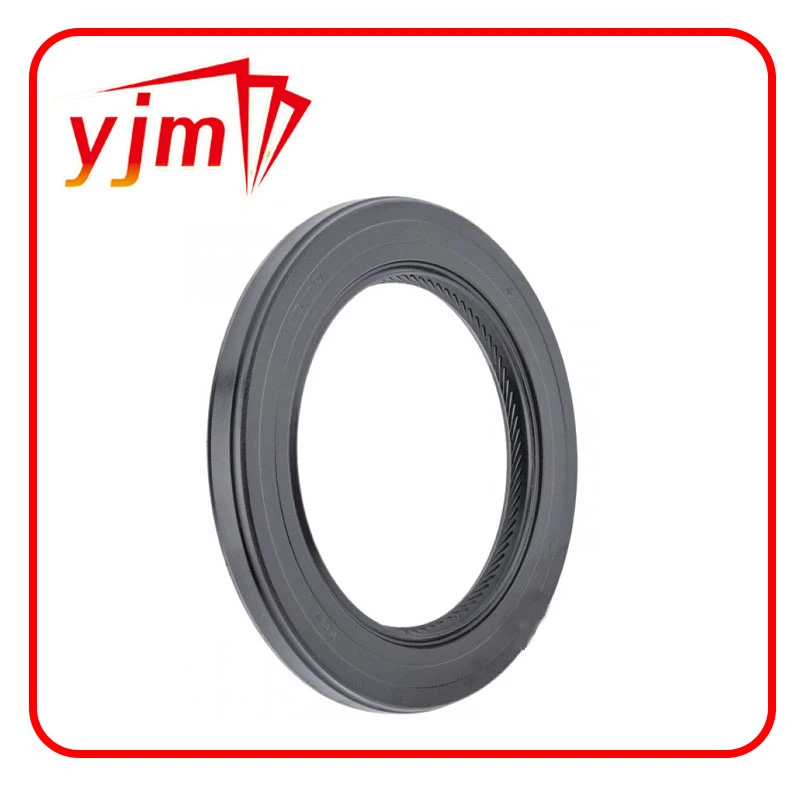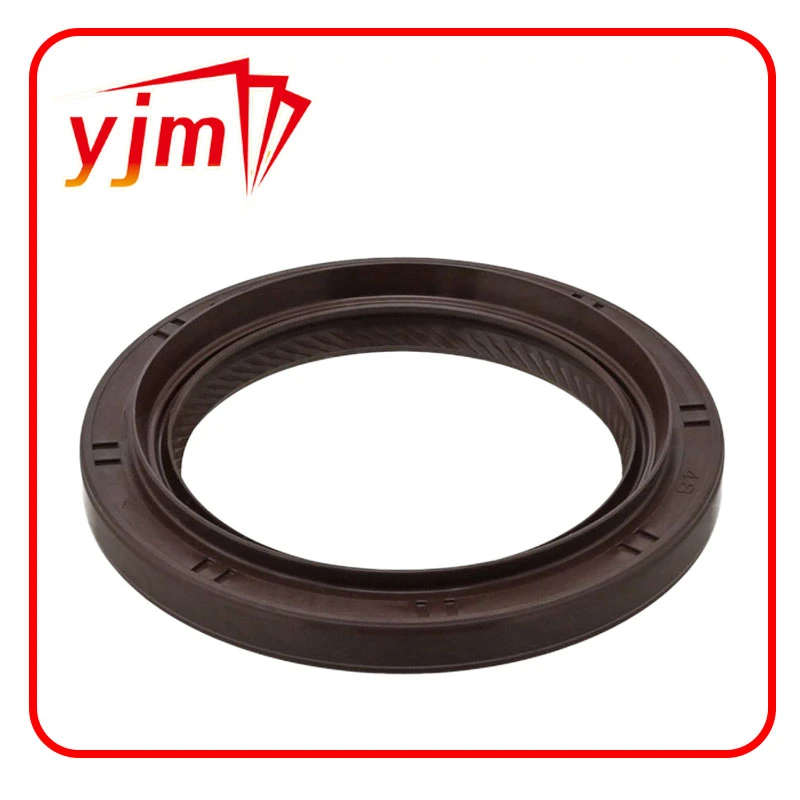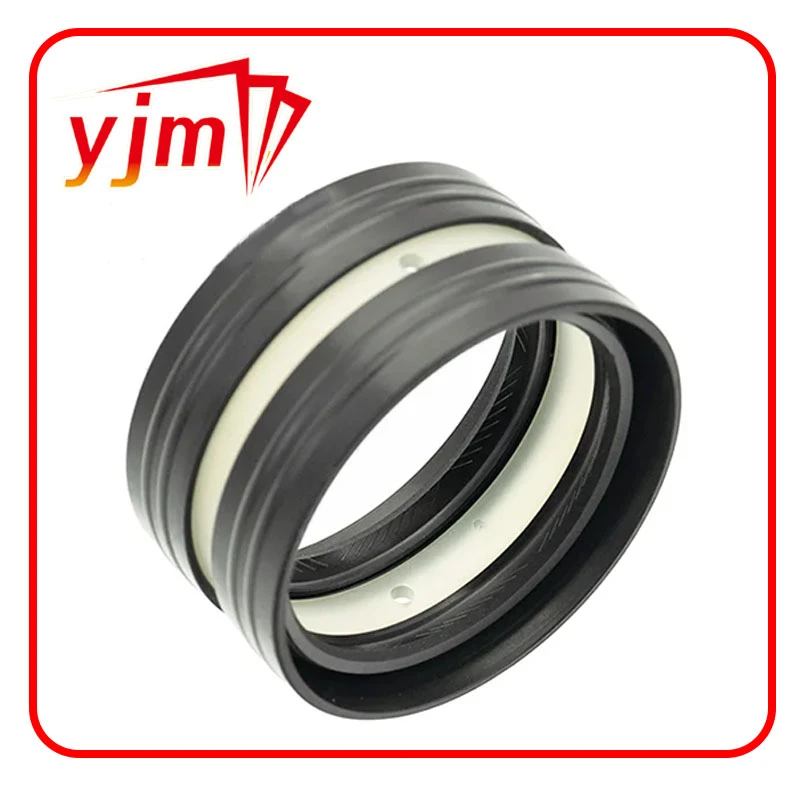Understanding Oil Seals by Dimension: Types, Standards, and Selection Guide
Oil seals, often called shaft seals or radial lip seals, are crucial components used to seal around a rotating shaft and prevent the leakage of lubricants while keeping contaminants out. They are used in a variety of mechanical systems such as automotive engines, gearboxes, and industrial equipment. This article provides a comprehensive guide to selecting the right oil seal by dimension, explores different types of oil seals, and dives into standardized sizing such as national oil seals by dimension and lip seal dimensions.
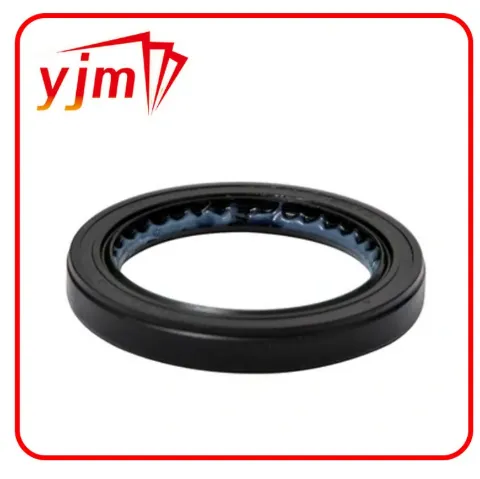
Importance of Selecting the Right Oil Seal by Dimension
Choosing an oil seal by dimension ensures optimal performance, prevents leaks, and extends equipment life. Oil seals are typically specified using three key measurements:
Inside diameter (ID) – fits the shaft.
Outside diameter (OD) – fits the housing bore.
Width or thickness – the overall depth of the seal.
These dimensions must precisely match the components they’re sealing. Even minor deviations can lead to failure. Many suppliers offer lookup tools and charts to find the correct oil seal by dimension, making it easier to match seals to specific applications.
Standardization: National Oil Seals by Dimension
In the United States, national oil seals by dimension follow standard sizing conventions established by organizations such as the SAE (Society of Automotive Engineers) and ASTM (American Society for Testing and Materials). National oil seals are manufactured by various brands but often cross-reference each other in terms of size and function.
For example, a national seal part number like 470712 might indicate:
ID: 1.000 inch
OD: 1.624 inch
Width: 0.250 inch
These standardized oil seal dimensions allow for compatibility across various brands and ensure consistent sealing performance. When replacing or specifying a national oil seal, always refer to a dimension chart to confirm it matches the intended shaft and bore.
Overview of Different Types of Oil Seals
There are several different types of oil seals, each designed for specific conditions such as speed, pressure, and type of fluid being sealed. Common types include:
Single Lip Seals: Feature one sealing lip; suitable for simple, low-pressure applications.
Double Lip Seals: Include a secondary dust lip to keep contaminants out—ideal for dirty environments.
Spring-loaded Seals: Use a garter spring for enhanced sealing against shaft surfaces.
PTFE Seals: Made from polytetrafluoroethylene; used for high-speed or chemically aggressive environments.
카세트 씰: Integrated sealing systems with multiple lips and barriers for heavy-duty applications such as in off-road vehicles or tractors.
Each type of oil seal may come in different oil seal dimensions, allowing users to choose the right size for their specific need.
Understanding and Measuring Lip Seal Dimensions
The sealing lip is a key part of any oil seal and contributes directly to its effectiveness. Lip seal dimensions are critical for ensuring a tight seal without excessive friction or wear. The main lip seal dimensions include:
Lip height – distance the lip extends inward.
Lip thickness – overall cross-section of the lip.
Angle – shape of the contact between the lip and shaft.
When replacing a worn lip seal, it's essential to measure the original lip seal dimensions accurately using calipers or reference tables. Incorrect lip sizing can cause premature seal failure or shaft damage.
Choosing the Right Oil Seal Dimension for Your Application
Whether you're replacing a damaged seal or specifying one for a new design, understanding oil seal dimension criteria is crucial. Always:
Measure ID, OD, and width accurately.
Refer to national oil seals by dimension charts for standard sizes.
Choose from different types of oil seals based on your application's needs.
Pay close attention to lip seal dimensions for optimal sealing performance.
By doing so, you'll extend the life of your equipment and reduce the risk of leaks, contamination, and mechanical failure.
-
Simplifying Oil Changes: A Comprehensive Guide to Oil Drain Plugs and Their Variants
소식 Aug.04,2025
-
Mastering Oil Drain Maintenance: Solutions for Stripped, Worn, and Upgraded Oil Plugs
소식 Aug.04,2025
-
Fixing Oil Pan Plug Issues: Leaks, Stripped Nuts, and the Right Replacement Solutions
소식 Aug.04,2025
-
Everything You Need to Know About Oil Drain Plugs: Sizes, Fixes, and Upgrades
소식 Aug.04,2025
-
Choosing the Right Oil Drain Plug: A Guide to Sizes, Materials, and Drain Innovations
소식 Aug.04,2025
-
A Complete Guide to Automotive Drain Plugs: Types, Problems, and Innovative Solutions
소식 Aug.04,2025
-
The Ultimate Guide to Car Repair Kits: Tools and Essentials Every Driver Should Own
소식 Aug.01,2025
제품 카테고리

